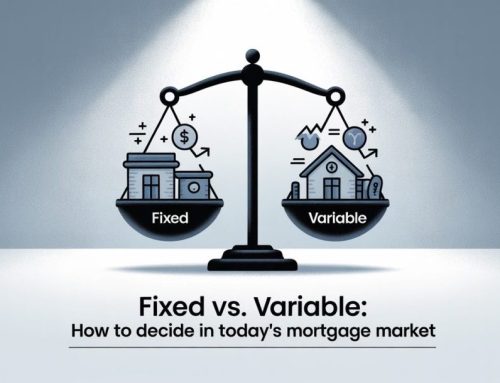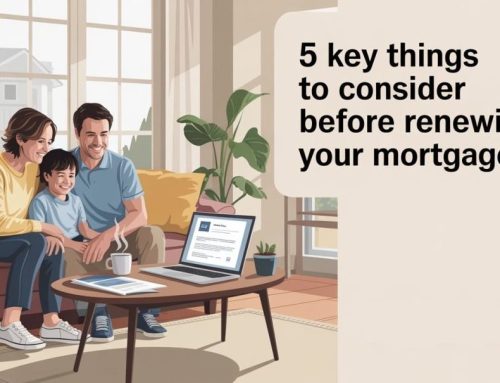In their final scheduled rate announcement for 2021, the Bank of Canada confirmed this morning that they will be holding their overnight rate at 0.25%. This is the rate that mortgage lenders use to set their prime rate, which is applicable to variable rate mortgages. They do not directly affect fixed mortgage rates, however they can indirectly affect them on occasion.
It’s no surprise that they’re holding their rate steady, which is exactly what was expected.
It’s also no big secret that the next move from the BOC will be up.
When Is The Next BOC Rate Increase Expected?
In this morning’s announcement, the BOC doubled down on their predication that they won’t increase their rate until sometime in the middle two quarters of 2022. This puts it anywhere between April and September, which is in line with their previous rate announcement on October 27th. Should they hold to their prediction, then this leaves us with four possible dates:
April 13th
June 1st
July 13th
September 7th
These are their scheduled rate announcement dates for the middle two quarters of next year. This doesn’t mean that the Bank of Canada WILL be increasing their rates on one of these dates, but this is the most probable scenario at this time.
However, things can and do change.
Remember, it wasn’t that long ago when it was being predicted that the first rate increase wouldn’t come until 2023, or even later. As economic circumstances change, so will predictions.
This means that it’s still possible they could change their mind and increase their rate in the first quarter. If we continue to see solid employment growth and GDP performance, then this is possible. The BOC has to be careful however, and can’t be too hasty with their decisions. There is still much uncertainty with the new omicron COVID variant.
How the new variant unfolds will of course be watched closely by all of us. It’s not just the pandemic that can negatively affect the economy, but also unforeseen events like the floods in BC, which can also influence rate movement. While it’s possible they could move up their first increase into the first quarter, it’s also possible that they could push it back should the economy take a turn. Anything can happen.
More Increases To Variable Rates
There are two components to a variable rate mortgage. The first one is the prime rate. The second is the discount off prime. If you’re currently in a variable rate mortgage, or already have one approved, then your discount off prime rate is locked in. If you’re currently shopping for a new mortgage, then you’ll be less than thrilled to know that lenders are now reducing their prime rate discounts, which began over the last week.
Until a couple of days ago, we had as low as prime -1.55% (0.90%), which was the lowest mortgage rate we have ever seen. This has since increased to prime -1.40% (1.05%).
Hopefully this has stabilized, but it’s still possible that we could see further reductions to variable rate discounts.
For anyone requiring a mortgage within the next 120 days, I would highly suggest getting your applications into us ASAP so we can get something locked in for you.
Even with expected increases to prime rate, along with reduced variable rate discounts, variable rate mortgages can still be a great choice. You just need to be prepared. The spread between fixed and variable is still larger than it’s been in years, which gives you added protection against future prime rate increases.
If you’re still unsure on fixed vs variable, then I would recommend reading The Ultimate Guide To Choosing Fixed Vs. Variable, as well as my blog from the last Bank of Canada rate announcement, where I gave several scenarios on how rising rates will affect the cost of a variable rate mortgage.
More Increases To Fixed Mortgage Rates
Fixed mortgage rates are largely influenced by bond yields, however other factors can be involved in their pricing as well. While the bond yields have fallen off their November 24th highs, we’ve seen 5 year fixed mortgage rates increase across the board over the past several days.
The absolute lowest 5 year fixed rate right now is 2.19%*, however this is expected to increase soon.
While anything can happen, I wouldn’t expect to see 5 year fixed rates dip back below 2% anytime soon. In fact, it’s not likely that we’ll ever see them again.
Keep in mind that the sub 2% rates we enjoyed over the last 18 months were due to circumstances created by the pandemic. Our economy has been recovering beautifully, and as the economy improves, rates will rebound from their pandemic driven lows. Even with recent increases, both fixed and variable rates are still very low by historical standards.
*Rate available for insured purchases only








Leave A Comment